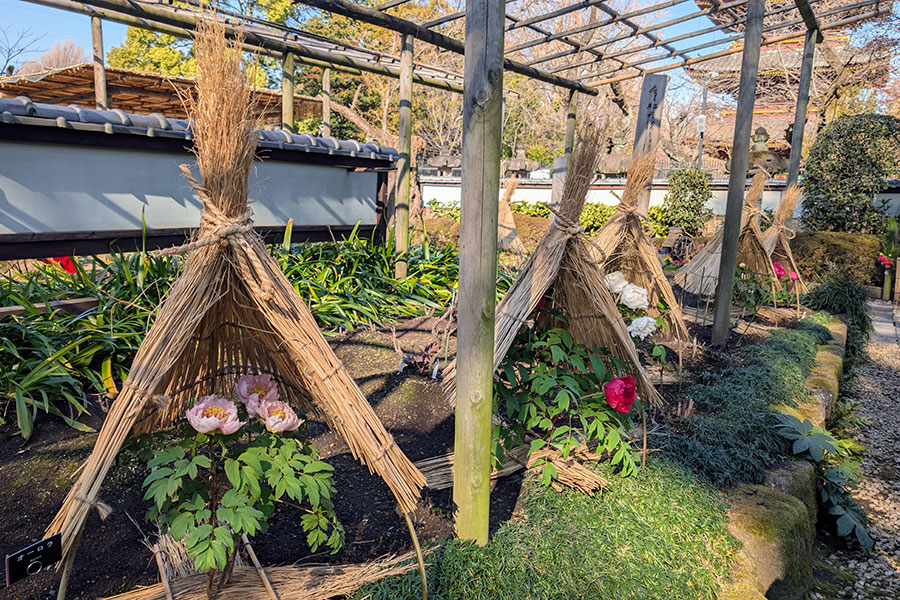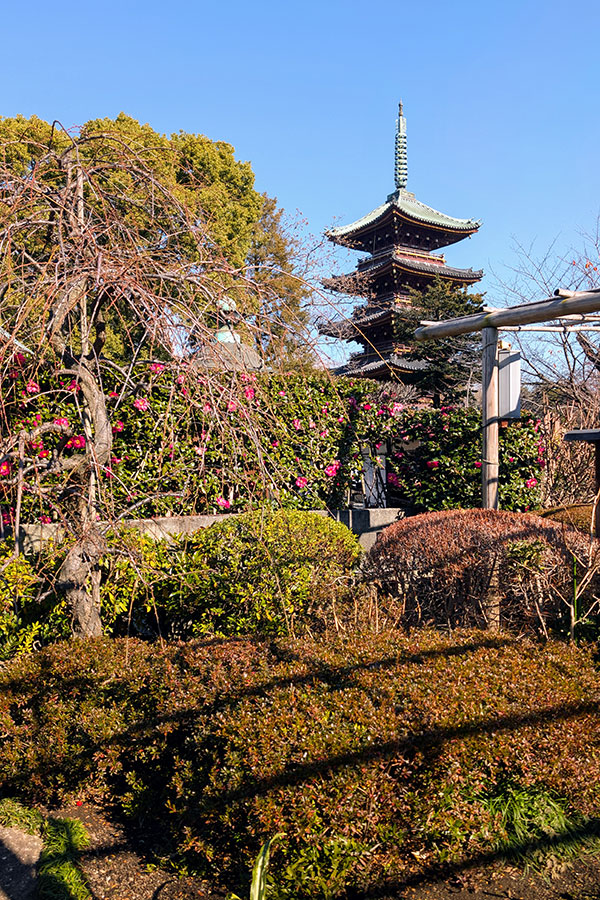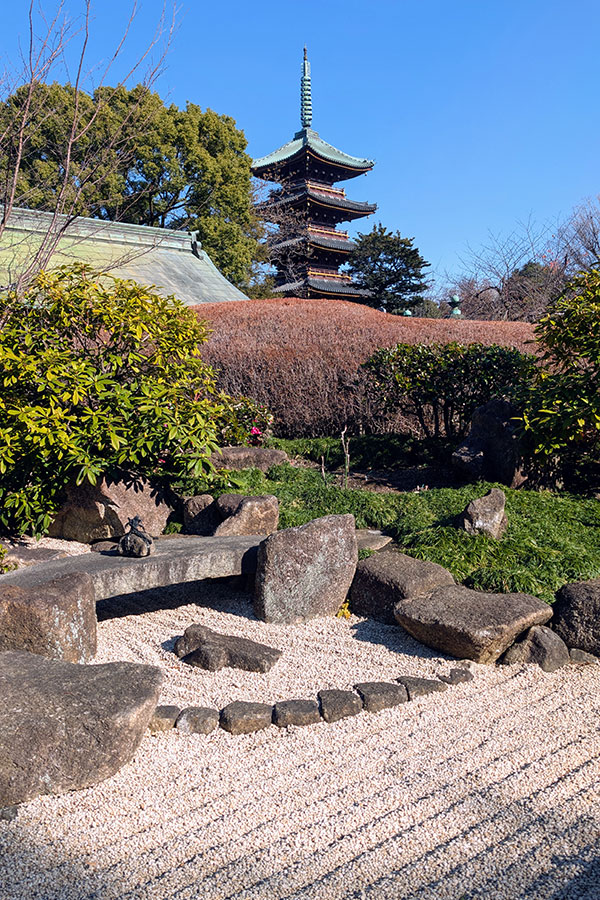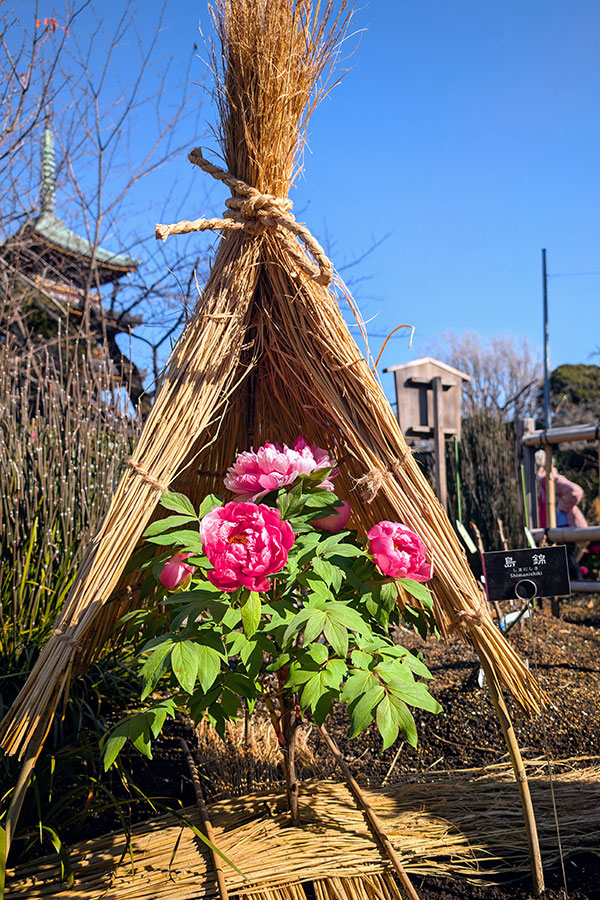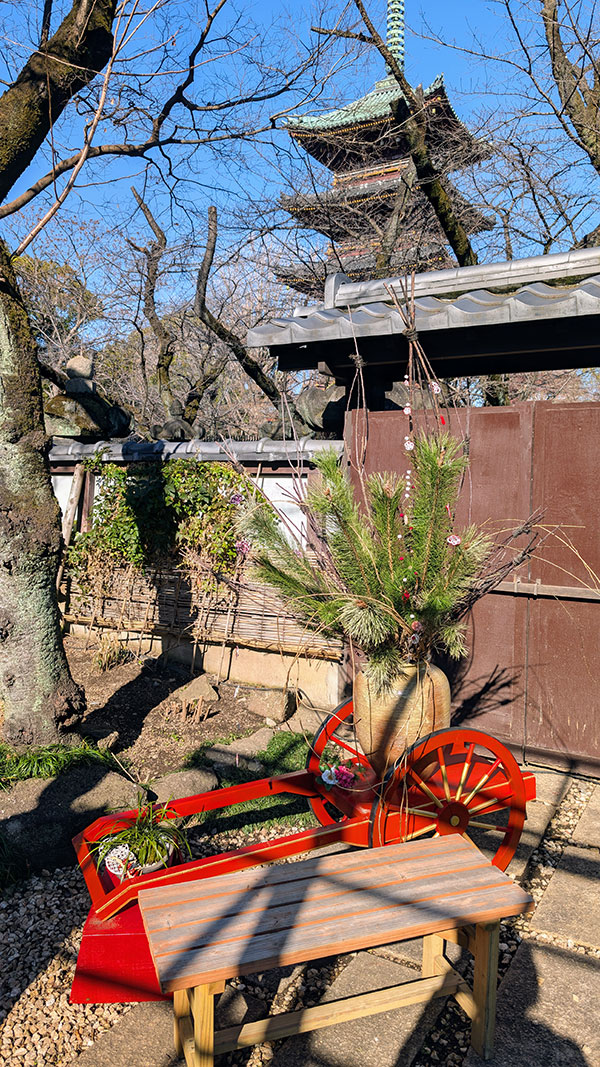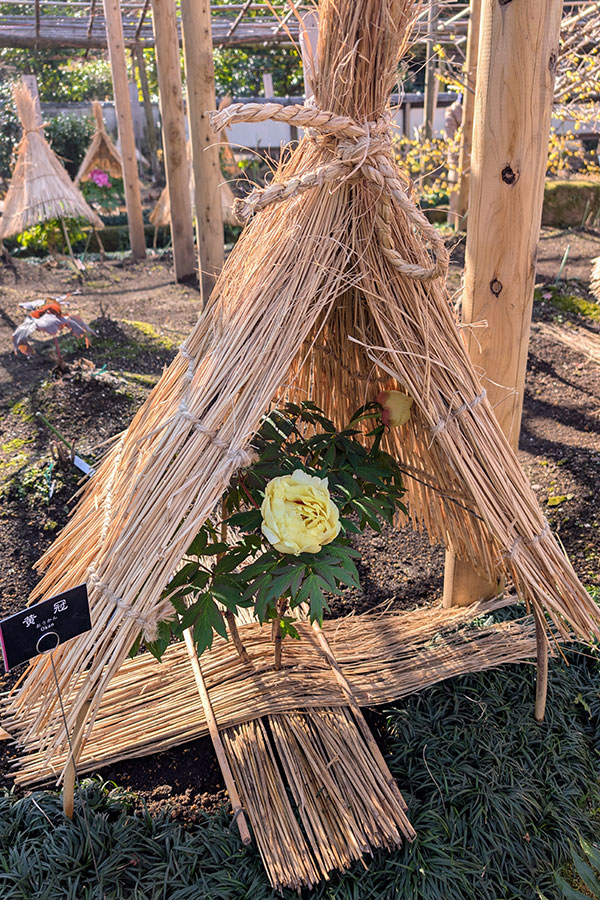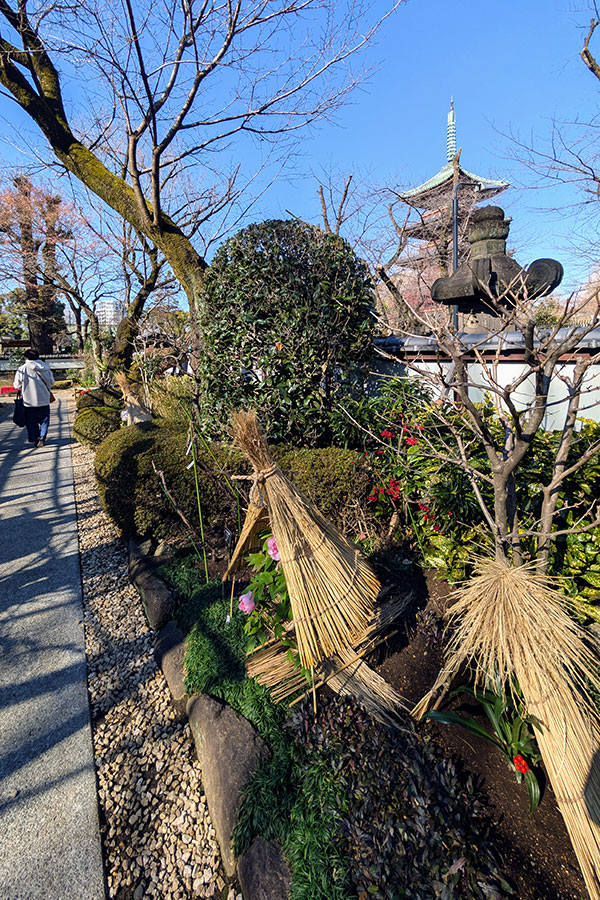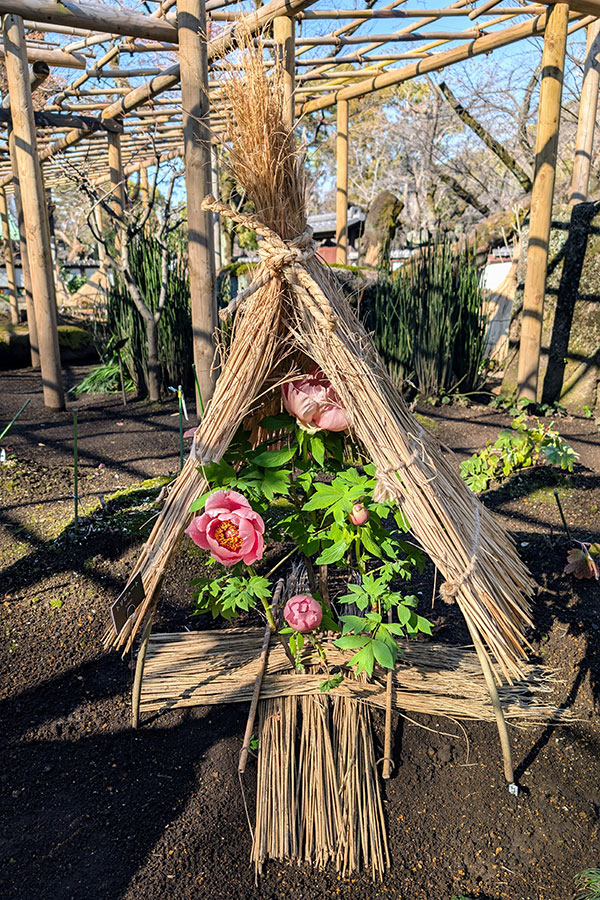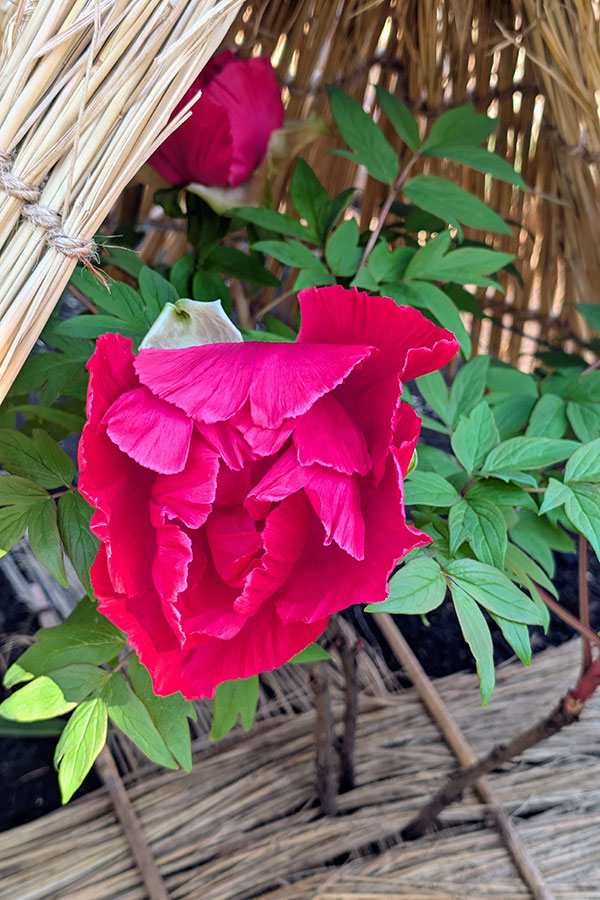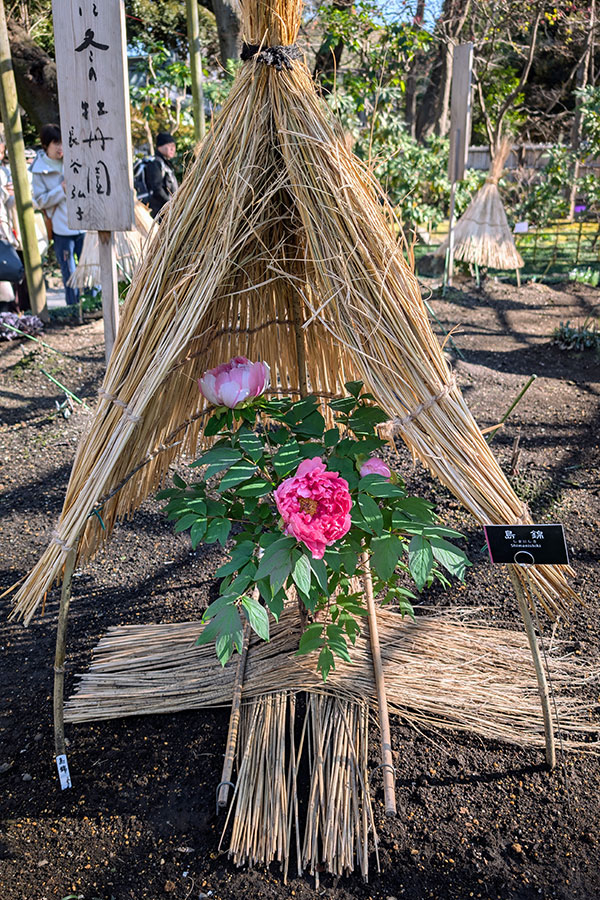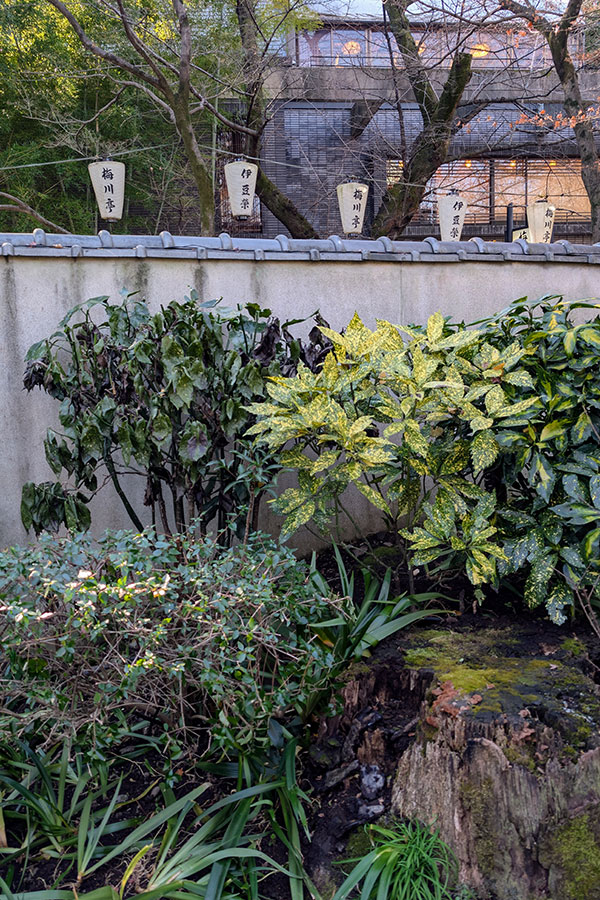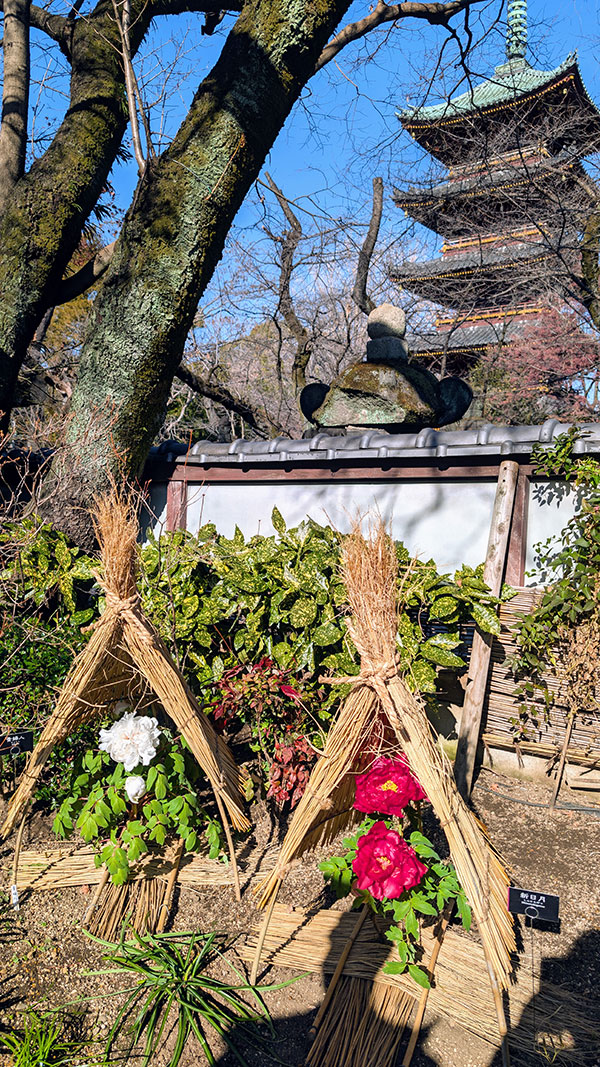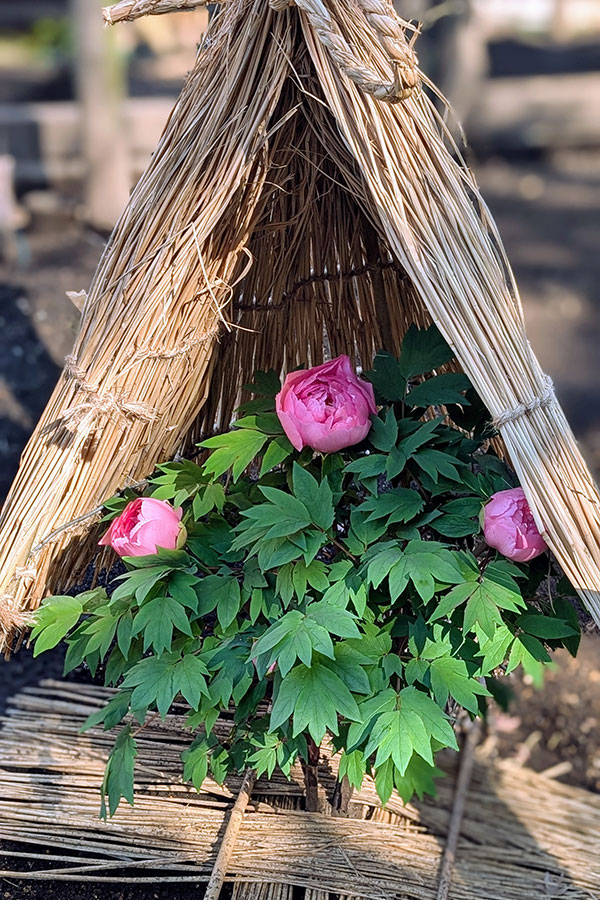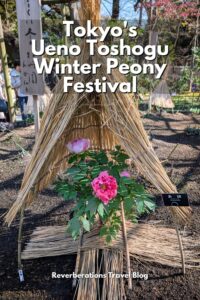Anyone who thinks winter is dull hasn’t visited the Ueno Toshogu Winter Peony Festival in Tokyo, Japan. While other parts of the world brace for snow and freezing temperatures, this Japanese winter festival celebrates nature with bright, blooming flowers. Large peonies in vivid hues like pink, red, and white offer a refreshing glimpse of spring. It’s a revitalizing way to begin the New Year, perfect for gardeners, photographers, and off-season travelers looking to avoid the crowds.
This post offers an overview of the Ueno Toshogu Winter Peony Festival in Tokyo, what to expect, and how to plan your visit.
Festival Overview: Tokyo’s Wintertime Floral Celebration
The Ueno Toshogu Winter Peony Festival runs from early January to mid- or late February, with dates varying slightly each year depending on the blooms (and Mother Nature, of course). On display are 160 winter-flowering peonies, the largest peony garden in the Kanto region.
Beyond the peonies, visitors can also enjoy early-flowering trees and shrubs like wintersweet, witch hazel, Amur adonis, Japanese andromeda, Kawazu cherry blossoms, and red and weeping plum trees. These seasonal touches lend the garden amazing vibrancy.
The Cultural & Historical Significance of Peonies in Japan
Peonies are deeply embedded in Japanese culture and symbolism. Before they arrived from China, the flowers were associated with the imperial court and medicinal use. Once introduced to Japan during the Nara period (710-794), their popularity grew, reaching new heights during the Edo period (1603-1868), when they became widely cultivated and celebrated for their beauty.
In Japan, peonies represent prosperity, good fortune, and honor, making them particularly meaningful at the start of the new year. The Ueno Toshogu Shrine, where the peony garden is located, is a Shinto shrine dedicated to Tokugawa Ieyasu, the founder of the Tokugawa Shogunate, which ruled during the Edo period. The historical surroundings add another layer of richness to the garden’s seasonal display.
Inside Tokyo’s Winter Peony Garden
A winding path leads visitors through the carefully curated garden, where 160 winter peonies in 40 varieties bloom. Each flower is protected by a small hut known as a Warabocchi, a traditional Japanese mat made from rice straw. These structures shield the delicate plants from the cold and also create a visually striking effect: bright petals framed by golden straw and set against the muted greens and browns of winter.
Winter peonies are notoriously temperamental. They bloom only twice yearly: once in early winter and again in early spring. And even then, the success rate is low. Fewer than 20 percent of the plants typically bloom. Gardeners use specialized techniques to coax these plants into blooming during the off-season, making each blossom that much more special.
Though the peonies are the stars of the show, other seasonal flowers such as wintersweet and early plum and cherry blossoms enhance the garden. On a sunny day, the setting feels more like a preview of spring than the middle of winter.
Visitor Information & Tips for Attending
The Ueno Toshogu Winter Peony Festival typically runs from January through February each year. In 2025, the festival took place from January 1 through February 24, with daily hours from 9:30 a.m. to 4:30 p.m. However, garden operations are subject to weather conditions, and it may close temporarily due to inclement weather.
Admission is 1,000 yen for adults. Children of elementary school age and younger can enter free of charge. Payments can be made by cash or IC cards (such as Suica or Pasmo). Tickets may also be purchased in person for another date.
The garden is completely outdoors, so dress appropriately for the weather. Photographers are welcome to bring their gear, though the use of tripods and photo shoot setups is not permitted. As always, visitors are encouraged to be respectful of the plants, paths, and other guests.
How to Get to the Ueno Toshogu Peony Garden
The garden is located within Ueno Park, next to Ueno Zoo. There is no dedicated parking area, so public transit is strongly recommended. From JR Ueno Station (Park Exit), the walk takes about five minutes. From Nezu Station on the Tokyo Metro Chiyoda Line, it’s roughly ten minutes on foot.
More Than Just a Winter Festival
The Ueno Peony Garden also hosts two seasonal flower events during the spring and autumn months.
Spring Peony Festival
From early April to early May, the Spring Peony Festival displays over 500 peonies across more than 100 varieties, including the rare green peony. In 2025, the spring festival is scheduled from April 5 through May 6.
Autumn Dahlia Festival
Since 2016, the garden has held a dahlia event in late September through late October, showcasing vibrant, sculptural blooms in many varieties beneath traditional Japanese umbrellas.
Nearby Attractions in Ueno Park
Because the shrine and garden are located within Ueno Park, there’s much more to explore nearby. Ueno Park itself is a popular destination for both locals and tourists, especially during cherry blossom season.
Highlights include:
- Ueno Zoo, Japan’s oldest zoological garden
- Tokyo National Museum
- National Museum of Western Art
- Tokyo Metropolitan Art Museum
- National Science Museum
The park is also home to a number of shrines and temples. One such temple, Kiyomizu Kannon-do, is among Tokyo’s oldest. It’s noted for its striking moon pine, made famous in a woodblock print by ukiyo-e master Utagawa Hiroshige as part of his One Hundred Famous Views of Edo series.
Save this post for later on Pinterest!
All photos and opinions are my own. This post contains affiliate links.
